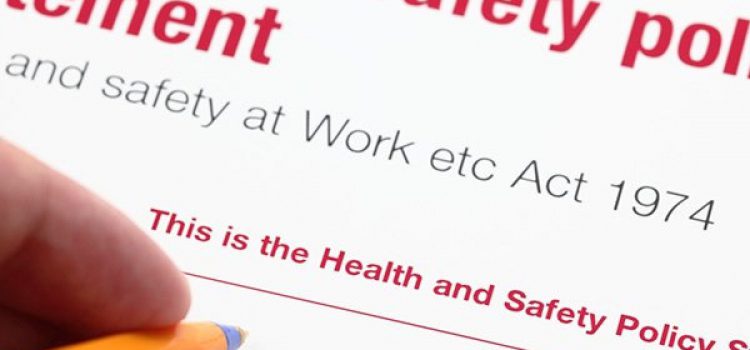From 1st February 2016, courts will have new powers to impose higher fines on organisations that breach health and safety legislation. The change is in response to a perception that penalties were previously too low. The new guidelines apply to all health and safety and corporate manslaughter cases.
The level of fines for health and safety offences depend on the size of the offending organisation:
- Up to £10 million for large organisations (£50 million+ turnover)
- Up to £4 million for medium-sized organisations (£10-£50 million turnover)
- Up to £1.6 million for small businesses (£2-£10 million turnover)
- Up to £450,000 for micro-businesses (£2 million or less)
The level of fine applicable depends on two factors: the level of harm caused and the degree of culpability. Culpability ranges from low, in which the offender is regarded as having met their health and safety obligations, to very high, in which there has been a deliberate breach of the law, or a flagrant disregard.
These higher penalties are a good reminder that health and safety should not simply be a box-ticking exercise, and that doing the bare minimum in this respect could have dire consequences. Taking health and safety seriously is clearly a sensible approach to keeping employees safe, but it also provides evidence that may help to reduce the level of culpability in the event of an accident.
Now is a good time to check that your health and safety policies are up to date, in compliance with all relevant legislation and applicable to all of your business activities. For example, have you introduced any new services or products that involve new working practices? Are these processes covered by your policies? Are your risk assessments up to date? Do you have any new machines, tools or vehicles that are not covered by risk assessments? Has equipment been inspected and tested recently? Are your new joiners made aware of your health and safety policies – and given all the training they need to stay safe?
Test your own health and safety policies
One way to evaluate your own health and safety setup is to imagine that someone has been injured at work and you are having to answer a magistrate’s questions. Firstly, consider what sort of accident might occur. What could your organisation have done differently to mitigate the risk? What would interest – or concern – the magistrate? Where do the gaps in your safety systems exist? What aspects of your activities would you have difficulty in explaining?
If you consider these questions you may quickly find that you have areas of concern, or risks that are not being addressed. And as magistrates now have the power to levy crippling fines, the time to address these concerns is now.
About VinciWorks
Our eLearning courses are available either as off-the-shelf packages, or can be customised to suit the needs of your business. With our eLearning packages you can easily provide the mandatory health and safety training that your employees need, and enjoy the peace of mind that comes with the audit trail of course completions.
Our health and safety eLearning courses include:
- Risk Assessment
- Manager’s Overview of Health and Safety
- Slips and Trips
- Manual Handling



